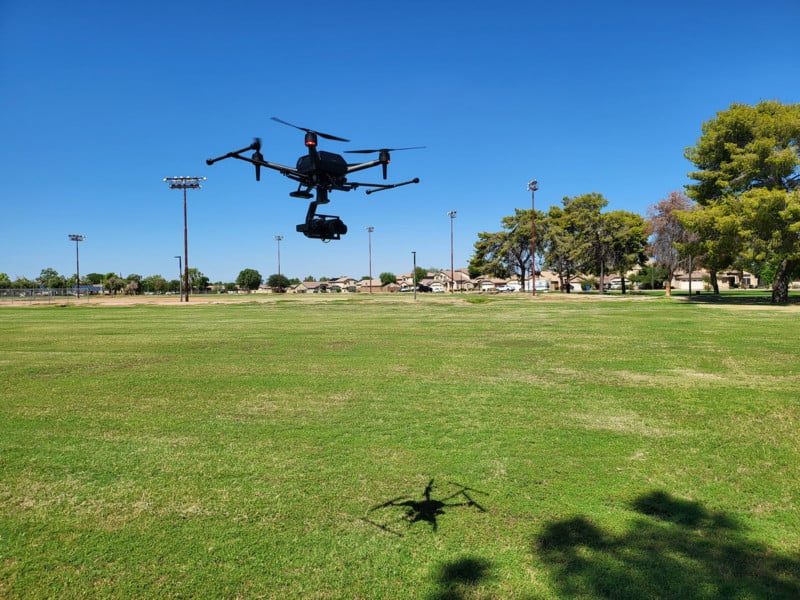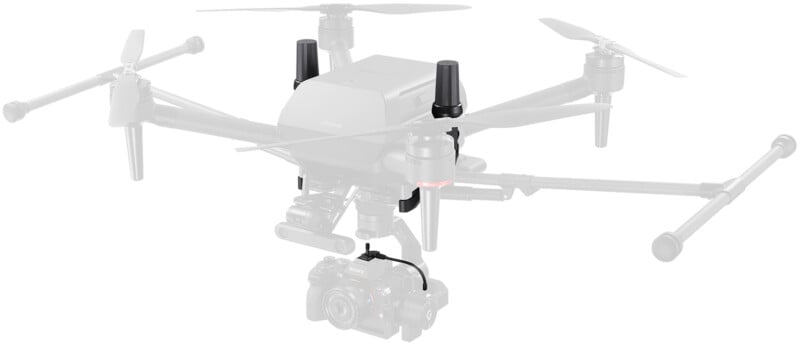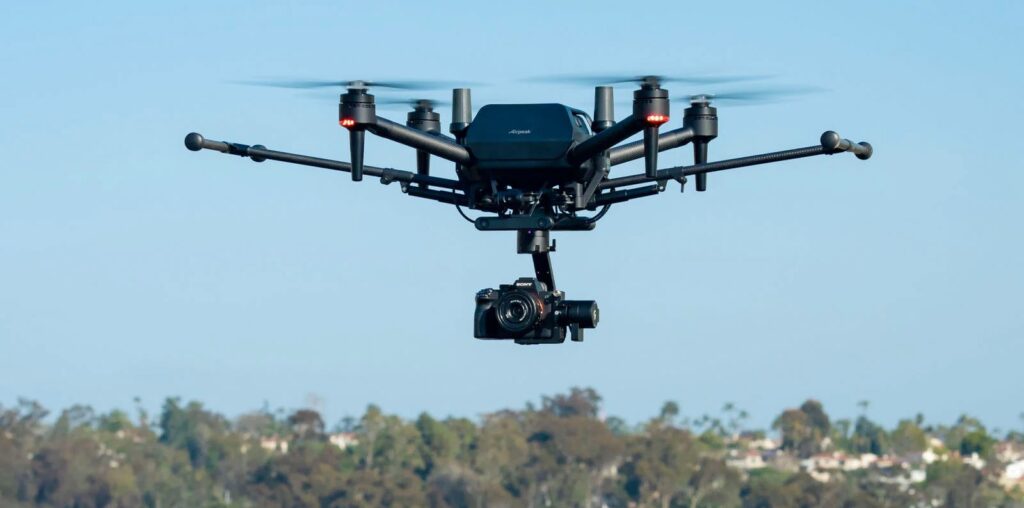![]()
In 2018, I was happily flying my DJI Mavic 2 Pro above a waterfall in Maui. Next to me, struggling to even get his GoPro Karma off the ground, another photographer eventually gave up. The Karma failed because it just couldn’t get the basics right. Sony’s Airpeak suffered the same fate.
GoPro had actually already bailed on the drone market at that point, bowing out earlier that year after multiple widespread failures and poor critical reception. But I distinctly remember how disappointed that photographer was with his inability to get his expensive Karma off the ground. He had been fighting with it before I even arrived at the waterfall and I had already gotten my shot with the DJI Mavic 2 Pro before he finally decided to give up. He later told me he wasn’t surprised since he had never had a great experience with the Karma, but he was still disappointed and upset.
Sony’s Airpeak S1 fell prey to those same issues. While it promised great speed, modular camera support, and the ability to fight high winds (just like GoPro touted the interchangeability of the camera system and the bonus of the built-in removable gimbal), it never got the core basics of a great drone right.
It doesn’t matter how good the camera on a drone is if the flying experience is terrible. GoPro didn’t get this right and neither did Sony.
The Airpeak S1 offered an abysmal experience almost from the outset. Firstly, Sony didn’t create a product that came complete right out of the box. Technically, Sony only manufactured the drone body and the cameras it worked with — the gimbal was manufactured by Gremsy. That means the $9,000 asking price was just for the drone body and controller — pilots would need to supply their own iPad for the display, their own Sony camera, and they would also have to purchase the gimbal (which costs $2,200).
Even after all the parts were assembled, the Airpeak’s flying experience was abysmal.
“The feed cuts in and out every two seconds for between three and five seconds at a time. When this happened, I lost all control of the camera settings,” Josh Lambeth wrote in his review for PetaPixel. “If you could manage to spam the record button and get the camera to record, the live view from the camera would then cut out for around 30 seconds before coming back then would go back to the two-second cut-out issue again.”
The Airpeak was also plagued by calibration issues, making it extremely difficult to get the gimbal balanced or the drone’s positioning system operating correctly. When a pilot can successfully get it in the air, the Airpeak’s sensors would constantly misinterpret its distance to the ground, the battery would overheat extremely quickly, and battery life was absolutely abysmal: after flying for only 7.5 minutes, Lambeth reported the battery had already been depleted to 33%.

“My overall opinion is that the Sony Airpeak S1 is not ready for commercial use. To be honest, I don’t think it is even ready for release. The S1 is plagued by multiple bugs in the software that need to be addressed and if the temperatures were closer to what they really are here in Phoenix this time of year, I doubt I could have even gotten to five minutes of flight without it overheating. The fact that the flight times are so short even without the overheating issue also means you would need to bring a huge number of batteries and chargers along to make it through a normal shoot day,” Lambeth concluded.
Sony did eventually release three more add-on parts that were meant to address some of the problems Lambeth reported, including a Real Time Kinematic (RTK) kit that would make its navigation and positioning more reliable, a lighter gimbal, and a new enhanced battery that promised to increase flight times to 20 minutes. The problem is that all of these parts were extremely expensive: $4,000, $4,000, and $400, respectively. To get the best possible Airpeak S1 experience Sony could offer, pilots were asked to put up nearly $20,000 — and that’s before adding a camera.

Oh, and since the battery life was still pretty bad, Sony’s $2,900 charging case (which fits 10 of those $400 batteries) was probably a must, too.
Needing a post-launch $4,000 add-on to try and fix the Airpeak S1’s poor navigation and calibration systems should tell you everything you need to know about why this system failed to take off. DJI’s drones had created an expectation for what flying any drone should be like and both Sony and GoPro failed to meet that baseline.
Sony would have been a welcome competitor in the space, as DJI’s dominance has led to almost every major competitor bowing out and focusing on enterprise and especially now with DJI’s future in the United States in limbo. PetaPixel was rooting for a better, improved Airpeak S2 that could address all the problems of the original and do so at a price that made more sense. Unfortunately, that’s not going to happen.
Image credits: Unless otherwise noted, images courtesy of Sony

